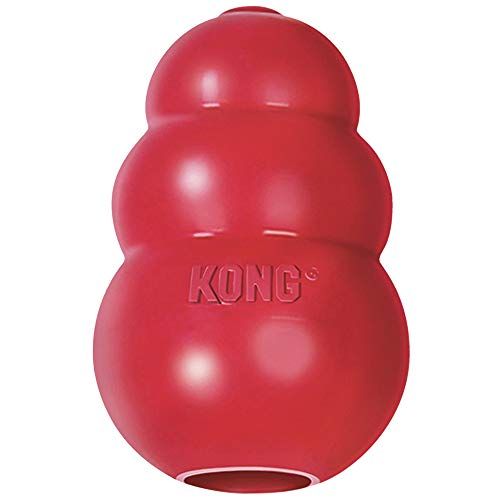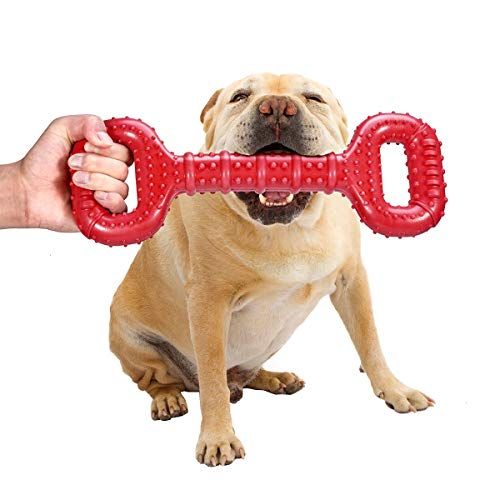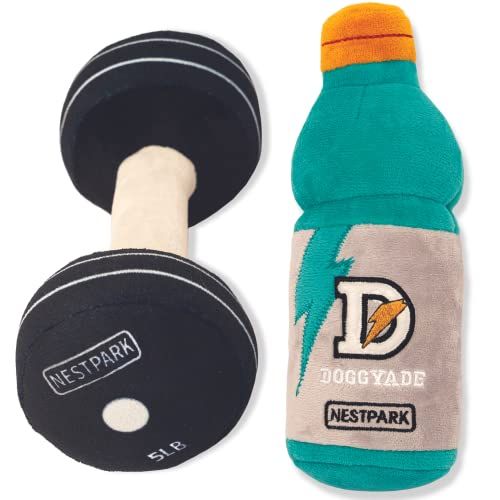Unveiling the Mystery: How are Hot Dog Buns Cut Yet Still Connected
Ever wondered about the peculiar anatomy of a hot dog bun - cut yet connected? The design is ingenious, and the answer lies in the fascinating world of bread production. It's no coincidence, but the result of careful process decisions that yield the perfect bun. This article unravels the curious phenomenon behind the construction of hot dog buns, enriching your next barbecue experience with a sprinkle of knowledge.
If you've ever purchased a package of hot dog buns, you may have noticed an intriguing feature: despite each bun being distinctly separated, they still remain connected at the edges. It seems counterintuitive that something so seemingly simple can be such a conundrum, but the process that achieves this is an essential element of bakery production, providing both aesthetic and practical benefits.
In essence, the method of cutting hot dog buns while keeping them connected involves using a specialized cutting machine, which makes incisions along the sides of the buns without severing the base, hence maintaining the connection. This technique is not only used for hot dog buns but also other baked goods like dinner rolls and pull-apart bread loaves.
The initial process starts just like any other bread-making procedure: the baker mixes the dough, lets it rise, and then shapes it. For hot dog buns, the dough is shaped into individual cylindrical pieces. These pieces are then positioned side by side on a baking sheet or tray. This positioning is an essential part of the process, as the buns are baked together, allowing them to expand and attach to each other as they bake.
After the baking process, these unified pieces of bread don't resemble the familiar hot dog bun shape we're used to just yet. They're more like a sheet of bread, with the outlines of the individual buns visible but still connected. This is where the unique cutting process comes in.
A specialized machine equipped with sharp blades cuts through the tops of the buns without fully separating them. This cut is deep enough to create a pocket for the hot dog, but shallow enough to leave a hinge at the base of the bun. It's the precise control of this machine that allows the buns to be cut but still connected.
One reason for this connected bun phenomenon is the convenience it provides during the baking and packaging process. By baking and packaging the buns while they're connected, bakers can maintain uniformity and reduce the chance of individual buns getting misplaced or damaged during handling.
There's also a practical reason for consumers. The connected base helps keep your hot dog and condiments in place, leading to less mess and an overall better hot dog eating experience.
It's also worth noting that the presence of a hinge offers a distinct advantage over fully separated buns. A hinge can prevent the hot dog from falling through the bun while you're eating, an annoying scenario that can occur with fully split buns.
Find more: How are hot dog buns cut but still connected
In conclusion, the process of cutting hot dog buns while keeping them connected involves careful dough shaping, strategic baking, and precise cutting. This seemingly small detail, often overlooked, is a testament to the thoughtful engineering that goes into everyday items. So next time you reach for a hot dog bun, take a moment to appreciate the art and convenience packed into that simple, yet ingenious design.















